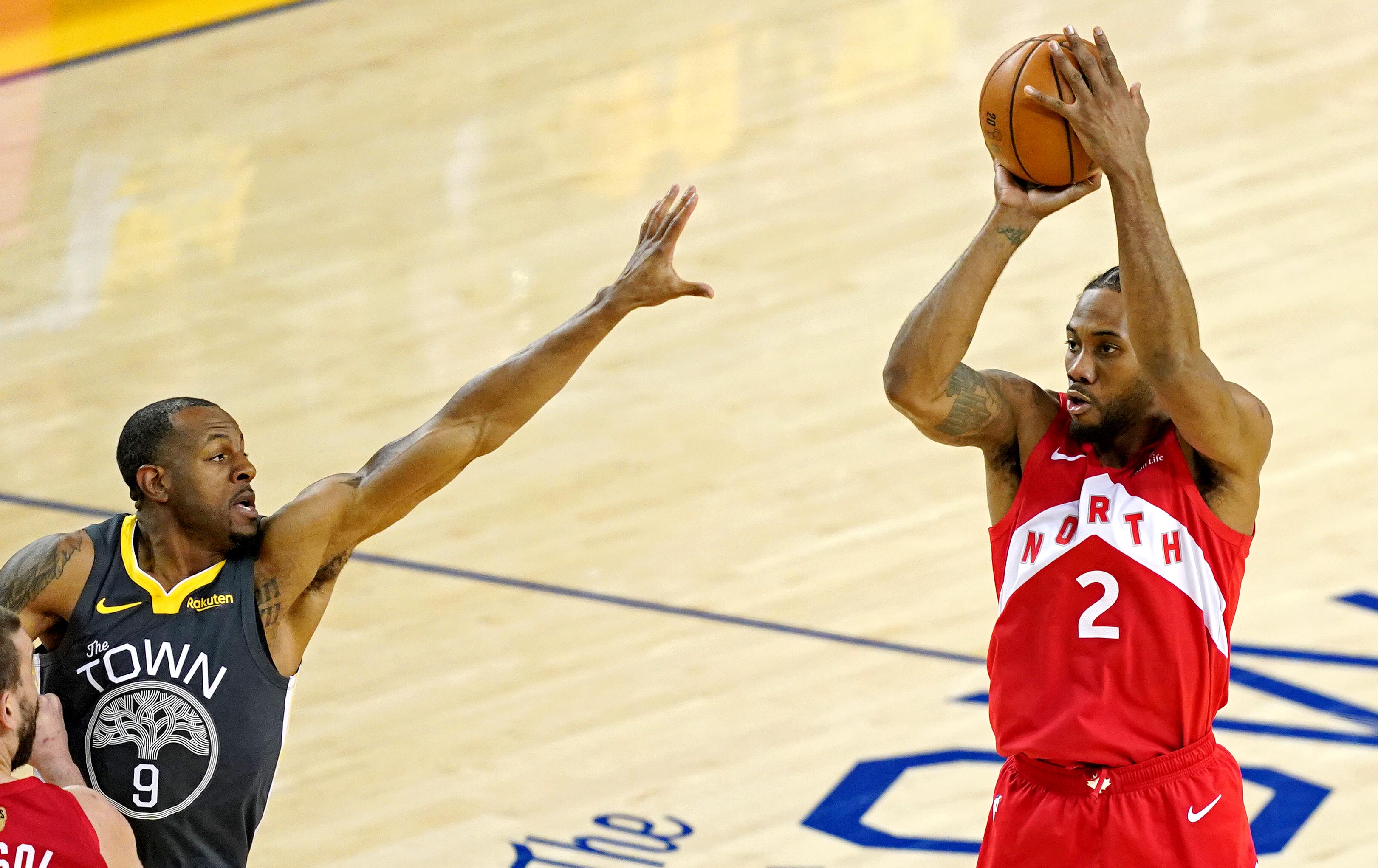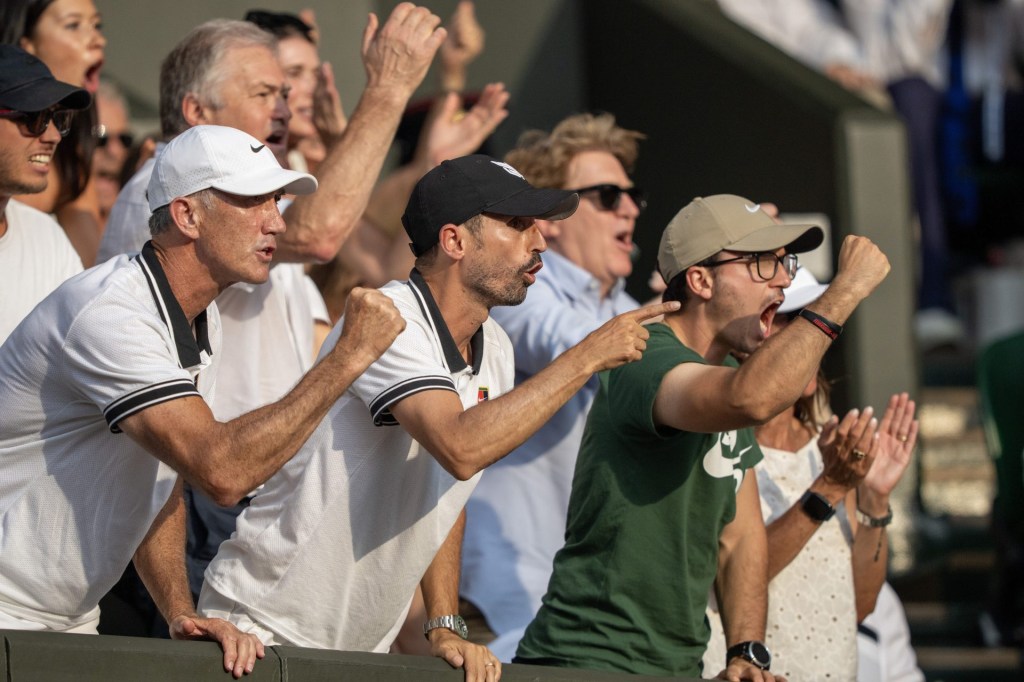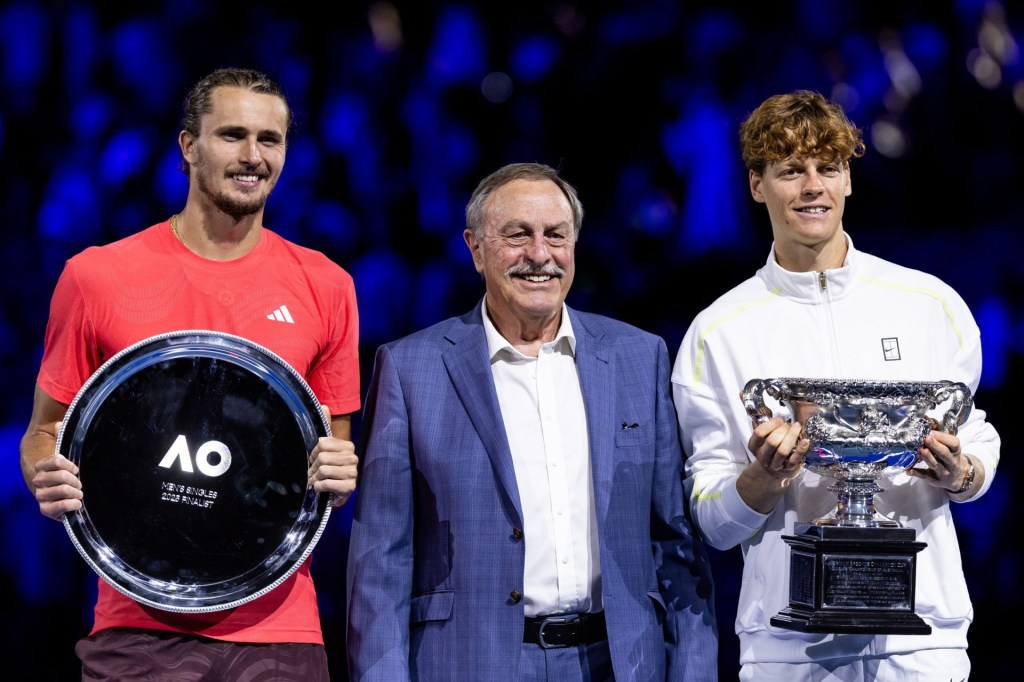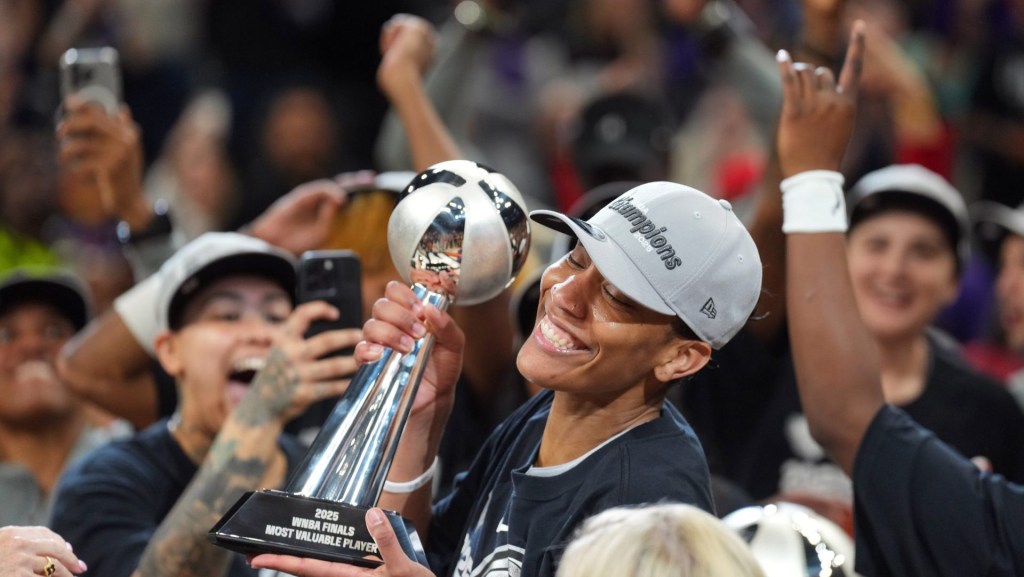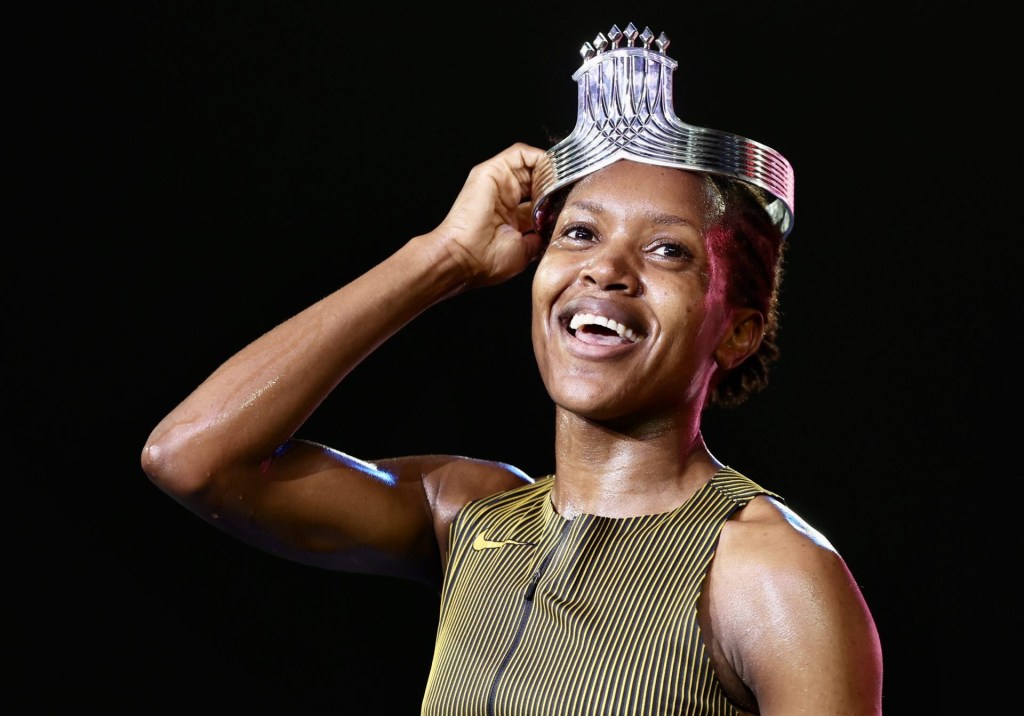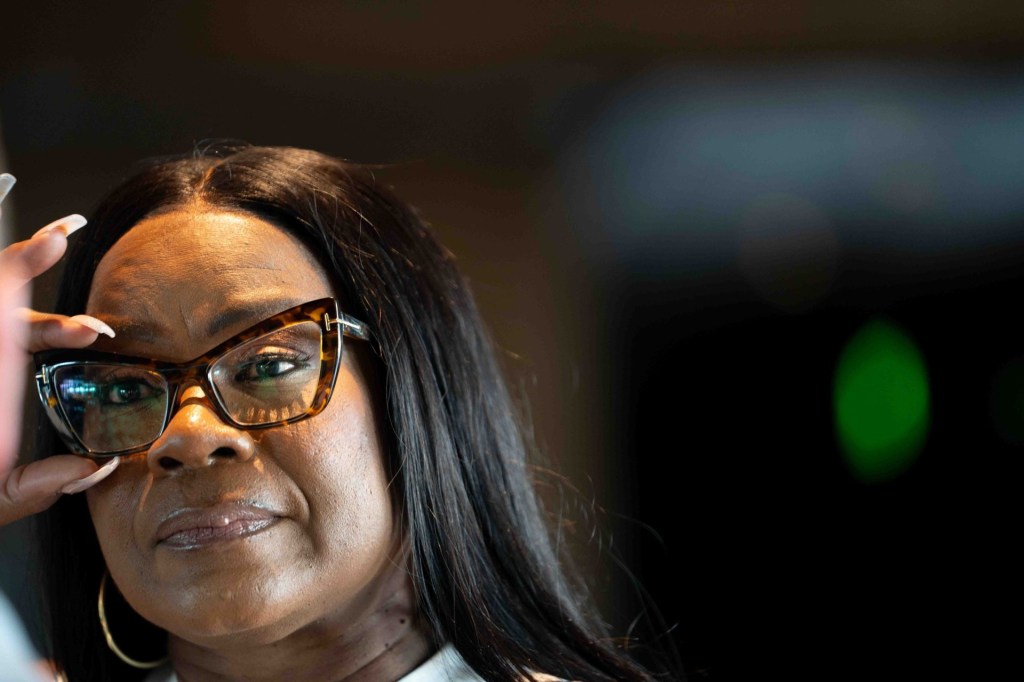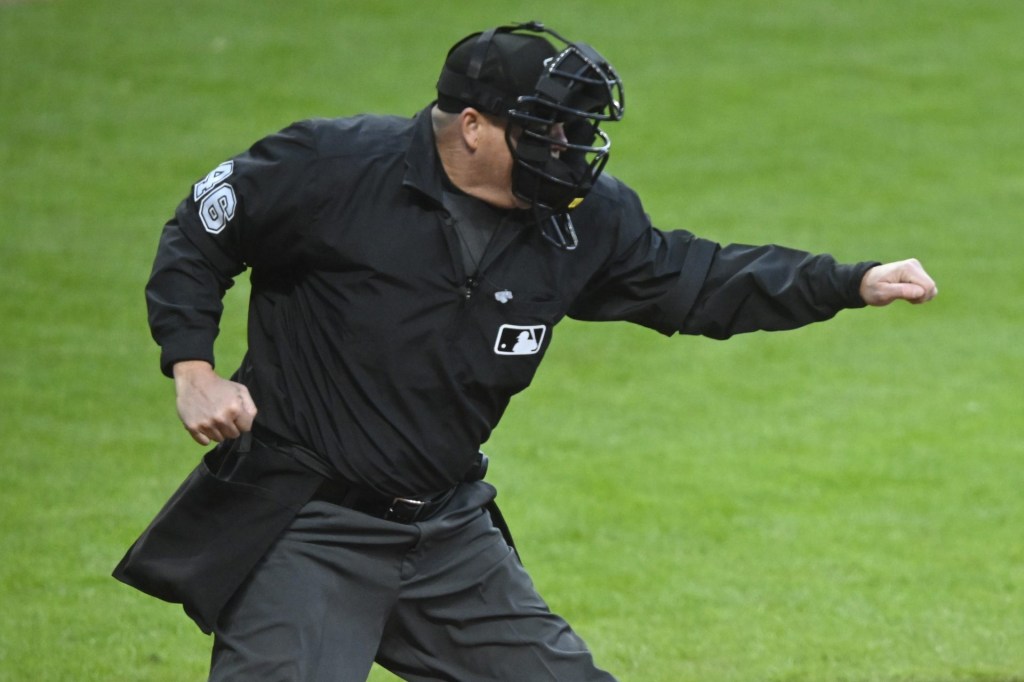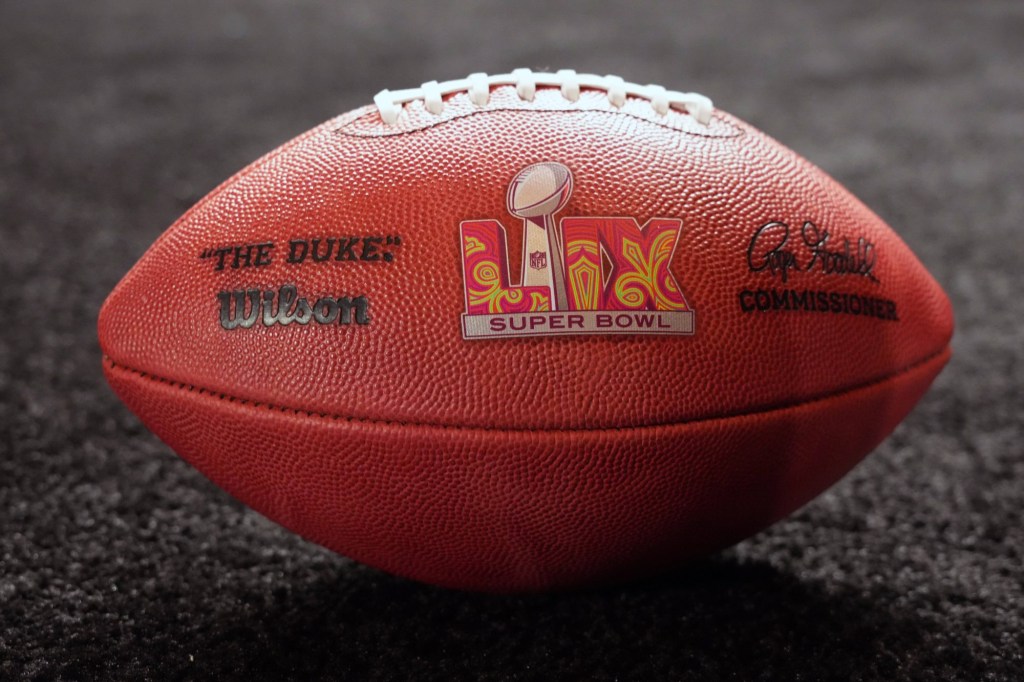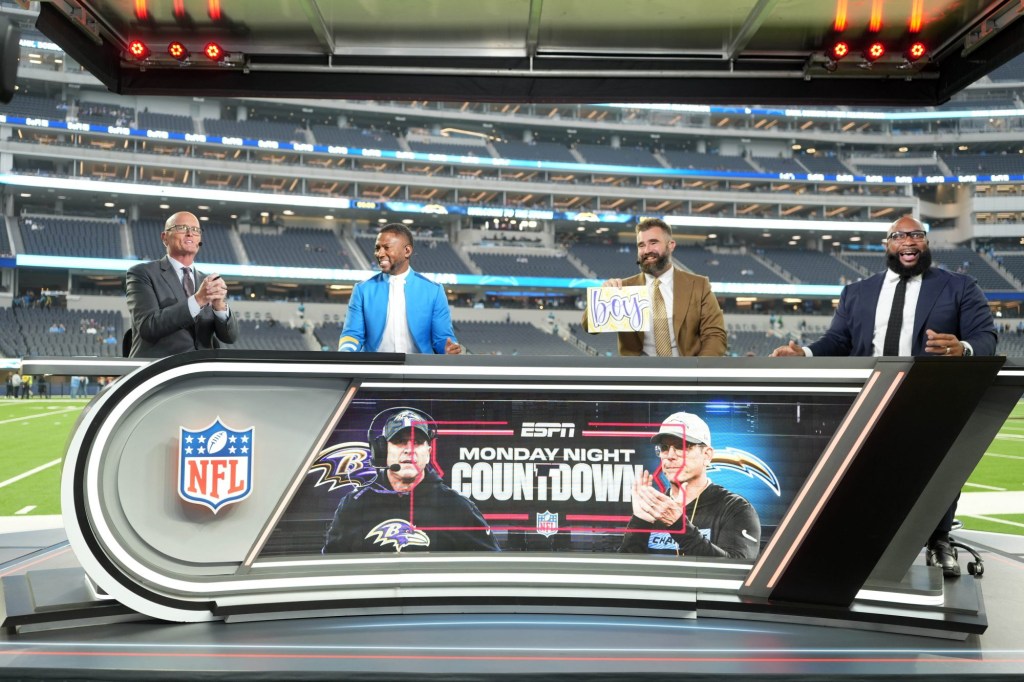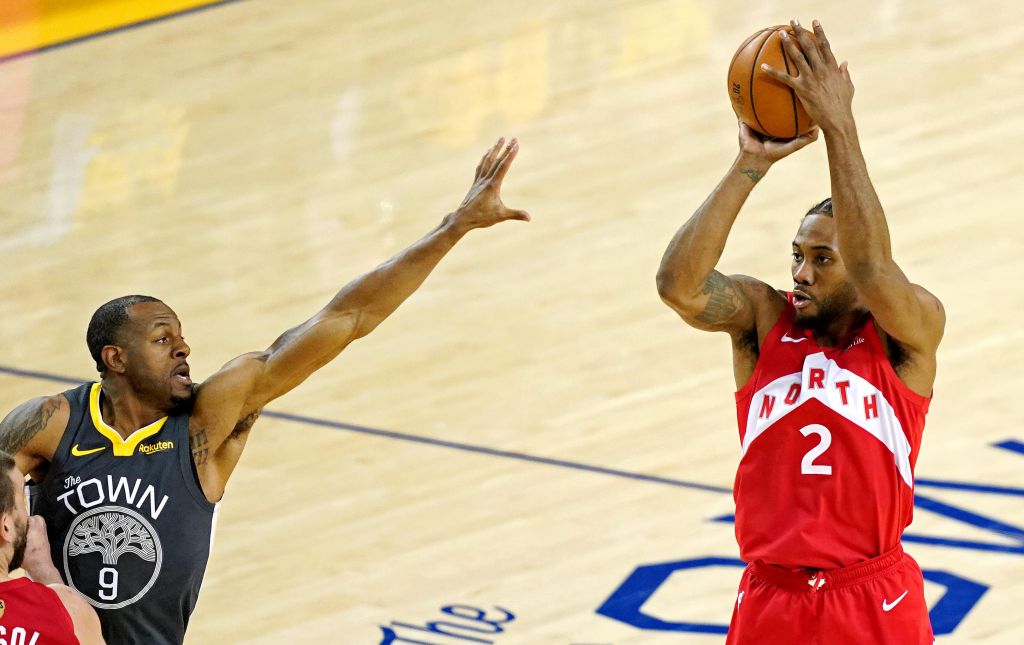
When it comes to sports apparel and sneaker brands, there was one clear winner during the 2019 summer – it doesn’t have a swoosh, but does own stripes – just not Adidas’.
According to Patrick Cassidy, New Balance’s global director of consumer marketing, one word has reverberated around the sports apparel company this summer: momentum. With teenage tennis star Coco Gauff set to appear in the US Open on August 26, it will be the crescendo on what has been a period of continued growth for the Boston-based organization.
“The momentum that we have generated over the last year has been amazing,” said Cassidy. “The diversification of the athletes that we have excelling in all these sports – it has been wonderful. We’ve stated that our goal was being the number one running brand in the world and over the past few years, something that’s become very, very, very important to us is to be one of the top athletic brands in the world.”
With stiff competition from stalwarts like Nike and Adidas, Cassidy says that at New Balance, it’s never acted like a rival to other industry leaders. From his perspective, New Balance is expanding its athlete portfolio; originally focused solely on track and field, it now has athletes in several global sports – ranging from basketball to cricket to soccer.
Thus far, this approach has worked well; in 2010, New Balance’s worldwide sales were $1.78 billion. That figure has grown each year since, and reached $4.1 billion in 2018 – roughly a 130% increase from 2010. According to Cassidy, working with athletes it hadn’t collaborated with in the past only has – and will continue to – help it expand internationally.
“You can’t [become a top-global athletic brand] with a singular athlete in one sport,” said Cassidy. “You have to be a true global sports brand. The last couple of years we have really focused in on partnering with athletes who are young, dynamic and are independent thinkers and actors in their own way that matches up with the way we want to be as a brand.”
According to Cassidy, the first athlete to embrace New Balance’s unconventional methods was Indians shortstop Francisco Lindor. After signing the 25-year-old as the new face of its baseball cleat business, Cassidy believes that his creativity, curiosity, and independent thinking worked perfectly with the direction New Balance was heading in.
This right-brain thinking was evident in Lindor’s recent work with New Balance. Heading into the 2019 MLB season, the shortshop unveiled his Cypher 12 “La Familia” pack which included his signature cleat, trainer shoe, and two t-shirts. With the set’s colors paying homage to Lindor’s Puerto Rican heritage, it was available for a limited time because, according to Cassidy, “it’s important to keep those [special-edition products] special.”
What succeeded the Lindor-New Balance partnership has arguably become the latter’s most successful period in company history. Beginning on June 1, when Liverpool winger and client Sadio Mane won the prestigious Champions League title in Madrid, the next 37 days saw one New Balance athlete after the next experience the highest accomplishments in their professions.
In October 2018, New Balance inked a deal with rising basketball star Darius Bazley, who had decommitted from Syracuse and forgoed professional experience with the NBA’s G League.
As part of his multi-year contract with New Balance – which included $1 million in guarantees and as much as $14 million in incentives – Bazley interned in the company’s marketing, digital, footwear and apparel departments from January to March.
While some of his peers wouldn’t have been as bold as Bazley, Cassidy believes that the internship worked best for him. Instead of using his 6-foot-9 frame to elude defenders, Bazley learned things at New Balance like how designers turn their ideas into a physical product, how the company sells its shoes, and how it winds up on the walls of a Foot Locker or Dick’s Sporting Goods.
READ MORE: Norby Williamson Talks ESPN’s Big June — and Stephen A. Smith
Despite the nervousness centered around Bazley and New Balance’s trailblazing mentality, it ultimately paid off for the duo. For Bazley, he was drafted 23rd in the 2019 NBA Draft on June 20 and was traded around before he eventually settled with the Oklahoma City Thunder. For Cassidy and New Balance, it proved to them – and other basketball insiders – that they can find results while simultaneously bucking the trend.
“Darius is a completely open-minded, independent thinker who was very clear about wanting to work and get real-world experience,” said Cassidy. “To his credit, he showed up every single day to take part in the [internship] program that has been laid out for him. It doesn’t work if you don’t have an athlete who’s completely bought in.”
“One of the only ways that we can [achieve long-term success] is acting like the independent, privately owned, willing-to-take risks-and-do-things-in-a-different-way company that New Balance is,” said Cassidy. “If we are ever not surprising people or doing something that’s, ‘same-old, same-old, than I and [my co-workers] are not doing our jobs.”
Between Bazley’s and Liverpool’s respective accolades, New Balance basketball star Kawhi Leonard won his second NBA MVP trophy after leading the Toronto Raptors to their first-ever NBA title over the Golden State Warriors – the reigning two-time NBA champions. Fortunately for New Balance, the “Kawhi Effect” extended beyond the basketball court.
In a June 2019 Women’s Wear Daily article, StockX data content director Jesse Einhorn estimated that New Balance sales increased by 50%, and the average order value for New Balance sales rose 20%. This isn’t the first notable impact Leonard has made on New Balance. According to Cassidy, the “Kawhi 2-Way Pack,” a two-pair set of basketball shoes launched during Game 5 of the Eastern Conference Semifinals, sold out in less than a minute.
What was dubbed the “Kawhi Effect” soon transferred over to the 2019 Wimbledon Tournament. At the All-England Club this year, spectators and those watching from abroad were glued into coverage surrounding 15-year-old American Coco Gauff.
As the youngest player in Wimbledon history to make its main draw, the 313th-ranked Gauff took down Venus Williams in the first round on July 1. Despite her run ending in the fourth round after falling to eventual champion Simona Halep one week later, Gauff’s matches attracted millions of eyeballs.
The “Coco Effect” helped ESPN’s viewership over the tournament’s first week increase year-over-year from 620,000 to 799,000 – a 29% bump, according to an ESPN press release.
Each of her four matches were the most-watched match of the day, with the Halep encounter averaging roughly 1.1 million viewers and peaking at 1.225 million. As for Gauff herself, that Wimbledon showing moved her up 172 spots in the world rankings from No. 313 to No. 141.
And one day before that Gauff-Halep showdown? The 2019 FIFA Women’s World Cup final between the United States and the Netherlands. Not only did the U.S. triumph, 2-0, but it brought in an abundance of eyeballs – over 14 million people watched the U.S.-Netherlands final, a 20% increase from the 2018 men’s final between Croatia.
All eyes were on the U.S. and breakout star Rose Lavelle. The 24-year-old notched the insurance goal against the Netherlands on her way to a three-goal campaign and a Bronze Ball trophy for being voted the tournament’s third-best player.
READ MORE: E-Commerce App Joins Toronto Fans in ‘Wish-ing’ for Kawhi Contract
According to Matt Powell, vice president and senior industry advisor for The NPD Group, a market research company, New Balance should be applauded for its recent efforts – but to an extent. Powell commended the brand for its “strong growth in 2018 – most performance shoe categories are trending negative as we are in a strong athleisure cycle.”
However, Powell also points out that there remains a large gap between New Balance and its biggest competitors, Nike and Adidas. Even with New Balance reaching over $4 billion in worldwide sales in 2018, Nike and Adidas made over $36.3 and $24.3 billion, respectively. “Athletes seldom move the needle for brands,” said Powell. “The key to growth is to focus on ‘ath-leisure.’”
Although summer’s winding down and Big 4 sports are on a brief hiatus, there is no break for Cassidy and his team. Lavelle is back on the pitch representing the Washington Spirit of the National Women’s Soccer League. Gauff is prepping for her highly-anticipated US Open debut next week. And for Bazley and Leonard, NBA preseason tips off on Sep. 30.
While Cassidy commends New Balance for the in-roads they’re making, more is to come. Agents and agencies have been contacting New Balance regarding potential partnership opportunities.
With already impressive athlete-client relationships to boast, Cassidy anticipates that New Balance will sign some athletes – but, in an effort to maintain its tight-knit reputation, not on the level of Nike or Adidas. For Cassidy, the name of an athlete won’t necessarily determine who he works with – for him, it’s about who best exemplifies New Balance’s mantra.
“New Balance is a big company but we’re still a challenger brand,” said Cassidy. “We’re a challenger brand in each of these sports, with some very tough competition, and there are a lot of athletes out there who are now brazen [enough] to be like, ‘I can carve my own path. I don’t need to follow the herd and follow the blueprint’ – and those are the athletes that we’re looking for.”
